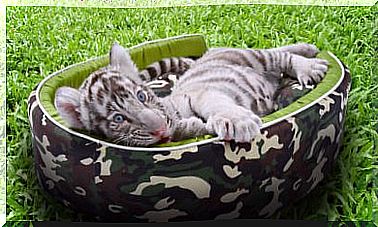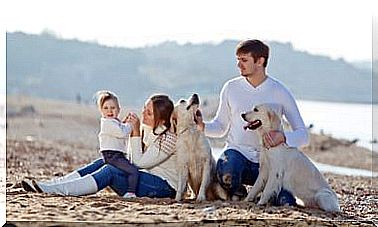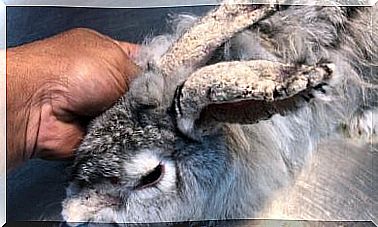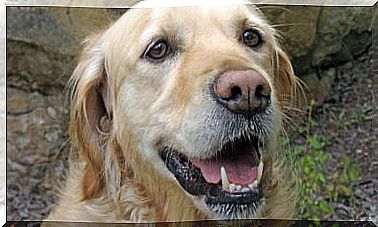What Space Do You Need To Have A Large Dog?
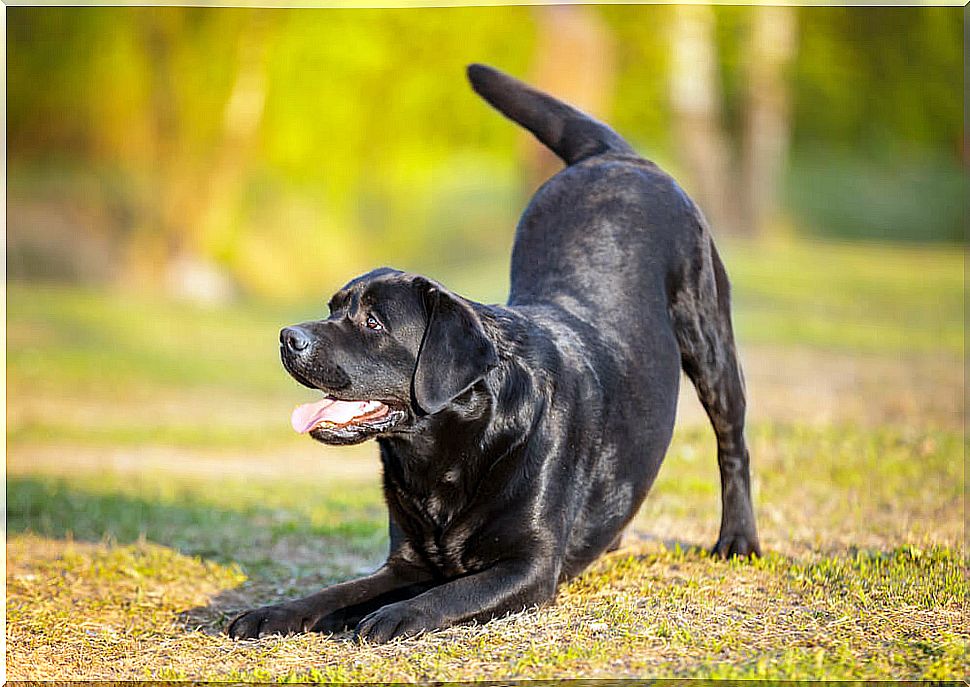
When adopting a dog, many people have doubts about the space necessary to have a large dog. Although this is a very important question for responsible ownership, there are many myths about the relationship between the size of the dog and its need for space.
Logically, it is not comfortable or sustainable to have a Saint Bernard dog in a small apartment, for example. But it is also not true that there is a linear or directly proportional relationship between the size of the dog and the space they require to live happily.
Next, we will try to destroy this myth about the space necessary to have a large dog.
The need for space does not depend only on the size
In general, we tend to think about the need for space that a dog has based on its size. That is, the bigger the dog, the bigger the space we need to raise it.
Of course, logic and a sense of responsibility should always guide us when choosing the ideal dog for our home and lifestyle. Having a large dog, such as a Newfoundland or a Saint Bernard, means that they need some space to develop and move freely.
If we live in a small apartment, the best thing to do would be to choose a small or medium-sized dog. If, on the other hand, we live in a house or in a good-sized apartment, we can think of having a large dog.
However, the space that each dog needs to live happy and healthy involves other variables in addition to its size. For example, the need for physical exercise, personality, and habits play a central role in determining how much space an animal needs.
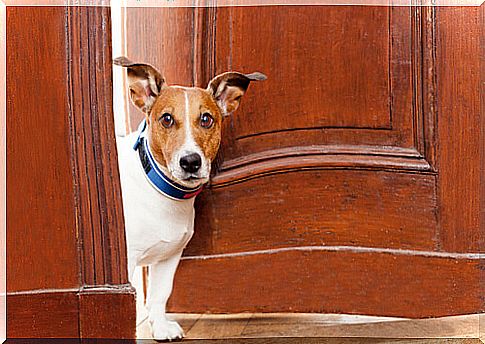
Border Collie: when size and space don’t walk together
The Border Collie is probably the best example of how size and space don’t always go in proportion. For this reason, we take it as an example to explain to you how the personality and the own needs of each dog are even more important than its size.
Despite being a medium and lean dog, the Border Collie is hyperactive and has a very strong herding instinct. Although due to its medium size it could live in an apartment, it would hardly find the optimal conditions for its development in this place.
It is almost impossible for the guardian of a hyperactive dog to supply his need for physical exercise by living in an apartment. For a Border Collie to expend all its energy, for example, it would take three to four walks a day of almost an hour.
For all these reasons, it is recommended to have medium or large dogs with a lot of energy in larger spaces. A Border Collie, for example, tends to enjoy more living in a good-sized house with open spaces, such as a garden or patio.
Knowing the needs of each dog is the key
Each dog has a personality that, in part, is related to his lineage and genetic inheritance. However, the education and environment provided by the guardians are decisive for the behavior of any dog.
For this reason, there are naturally more active, adventurous and expressive dogs, while others prefer to be more reserved, independent or calm. Logically, the most energetic dogs will need to have a reasonable space to be able to express themselves freely and expend their energy.
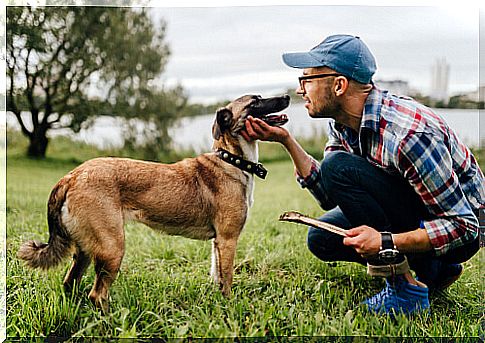
A hyperactive dog that lives indoors or experiences a sedentary routine may have behavior problems. Therefore, if we want to have an active best friend in a flat, it is better to lean towards small dogs, such as the Yorkshire, the Poodle or a Cocker Spaniel.
Good-natured and familiar dogs, such as the Labrador and Golden Retriever, also tend to live very well in spacious flats, as long as their guardians are committed to taking daily walks and providing adequate stimulation to their minds.
It must be taken into account that the company of their guardians is an essential aspect for these animals to maintain a balanced behavior.
In short: when we decide to have a large dog, we must look not only at its size, but also its personality and its needs.
Not always a large dog needs to live in a mansion to be happy. With the love and dedication of their guardians, these imposing animals can enjoy a healthy and happy life in a house or a flat with good dimensions.

